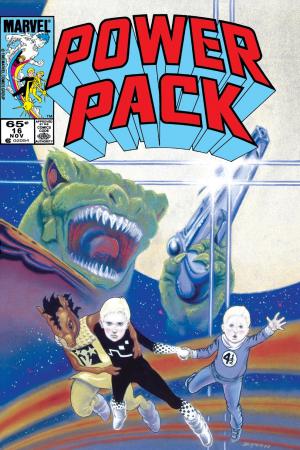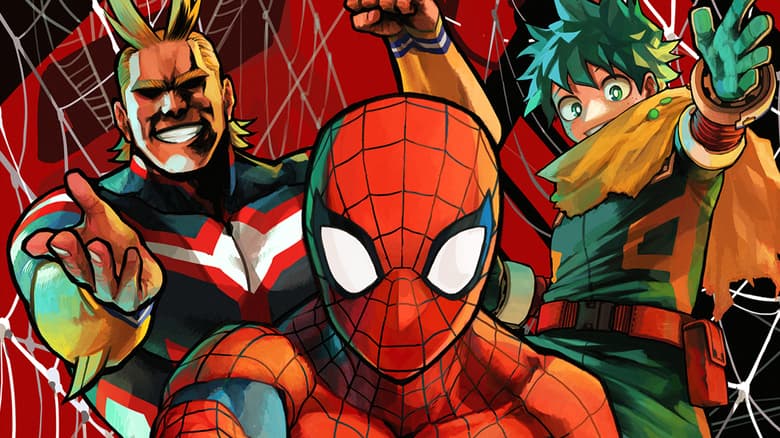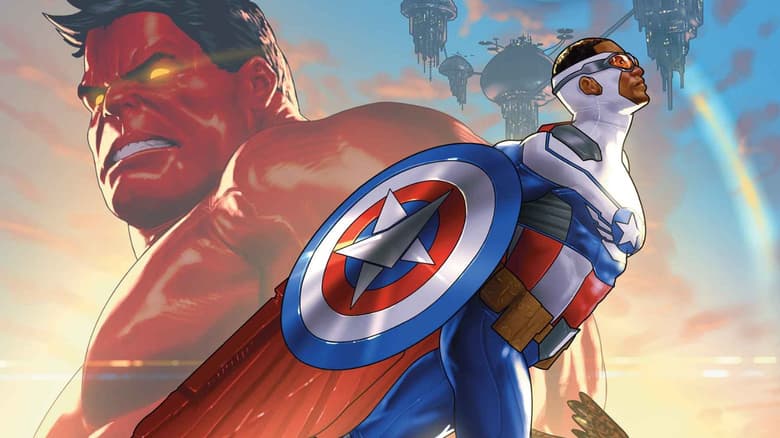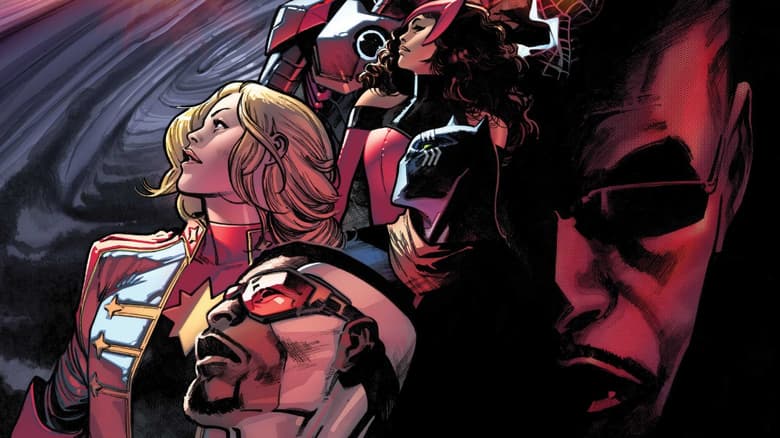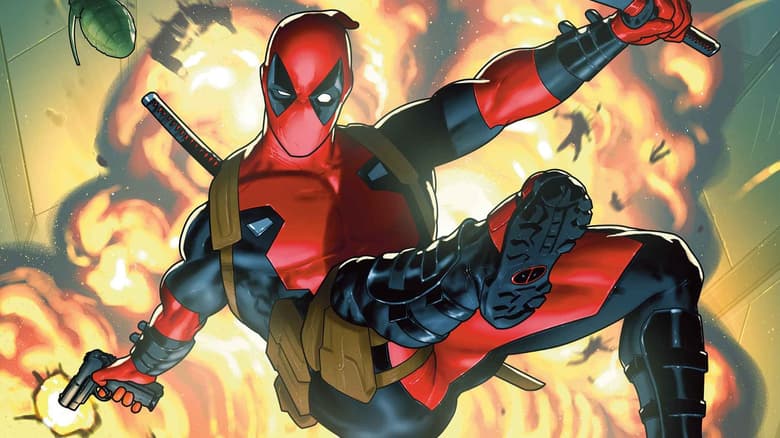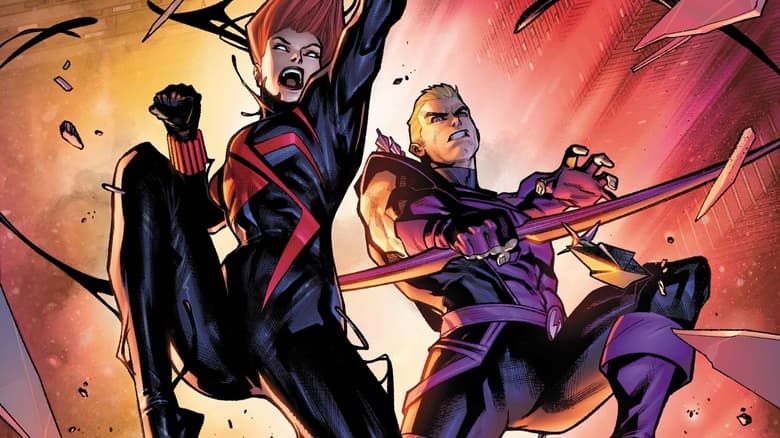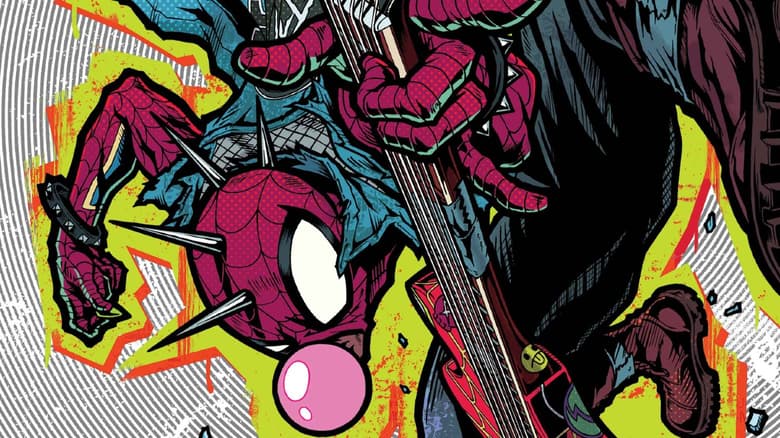Louise Simonson and June Brigman Reunite for 'Power Pack: Grow Up' #1
As they prepare for a Power family reunion, the celebrated creators reflect on their hallowed history at the House of Ideas!

Family has always been a central theme when it comes to the Marvel Universe, be it the heart of what has always driven the Fantastic Four or the surrogate units provided by the Avengers and the X-Men. The Marvel message roots in the idea that there’s a place for everybody to belong, either with their relatives by blood or the friends they find along the way.
With this in mind, the creation of the Power family, AKA Power Pack, in 1984 seems like a logical progression of these themes. Four super-powered siblings who worked together to safeguard their neighborhood and planet, Alex, Julie, Jack, and Katie emerged as staples of the '80s Marvel scene under the capable pen and pencil of co-creators Louise Simonson and June Brigman.
“I remember Weezie asking if I could draw children,” Brigman recalls of Power Pack’s earliest incarnation. “I said sure. She told me about her idea for a group of siblings that get super powers. I went back to a friend's place in the Bowery, did some sketches, and brought them in the next day. I guess Weezie liked them, because after that we put together a proposal for POWER PACK.”
Now, Brigman and Simonson prepare to reunite—not only with one another—but the offspring of their creative union in POWER PACK: GROW UP! #1—a one-shot special due out August 28 as part of Marvel’s 80th anniversary celebration that will also feature an additional Simonson-written tale illustrated by Gurihiru!
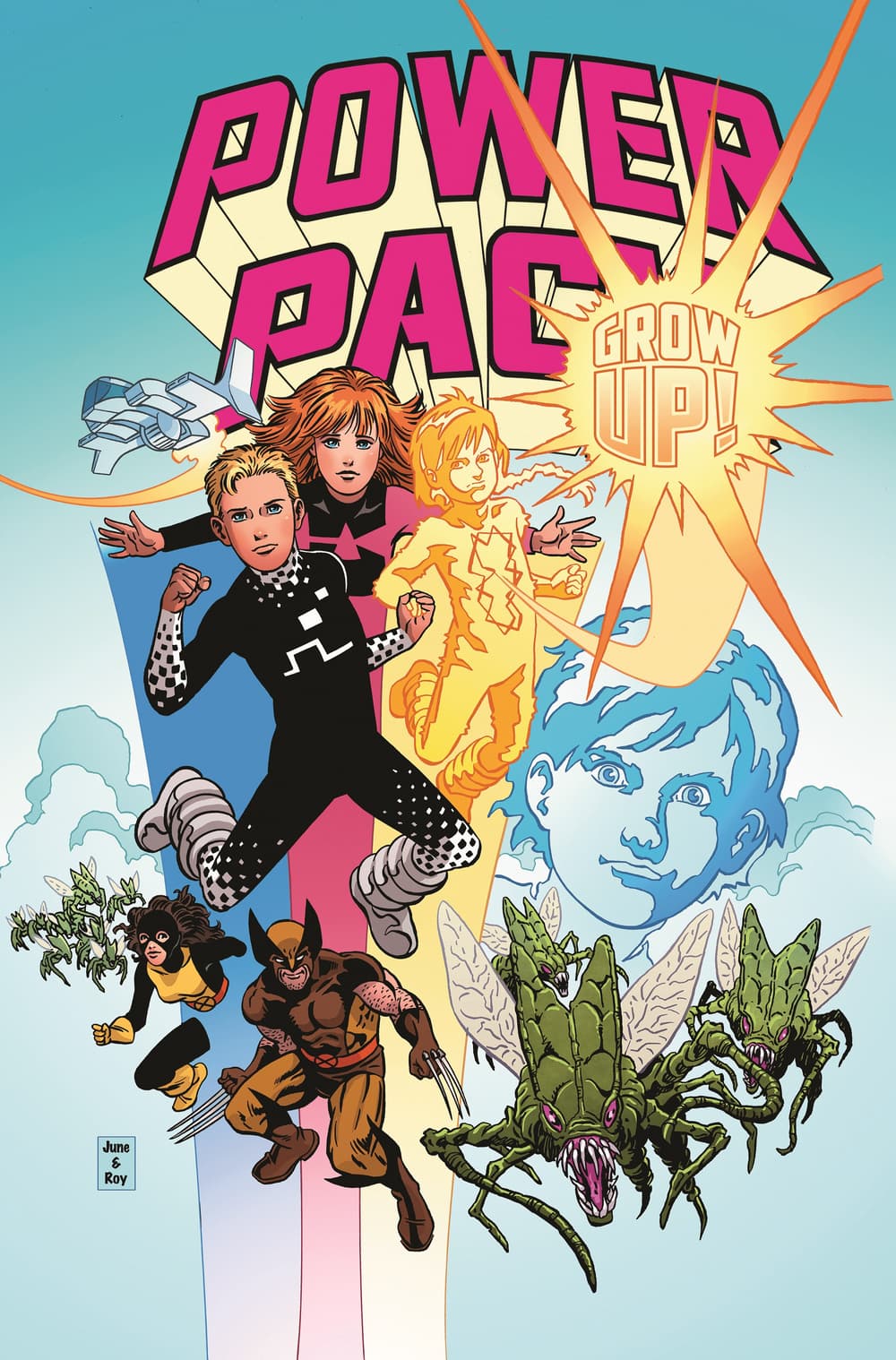
To mark the incoming ish, the dynamite duo of Simonson and Brigman took a look back at the origins of these classic characters and what they have to share with a modern audience.
What was the climate like at Marvel in the '80s around the time of Power Pack's conception?
Simonson: At the time Power Pack was green-lit, Marvel was lively and fun, and [Editor in chief] Jim Shooter was at the top of his game. He’d hired good, irrepressible editors who’d mostly found ways to work within his edicts. It was kind of a second golden age with Frank Miller, John Byrne, Chris Claremont, and Walt Simonson, among others doing great work. Shooter was also open to new ideas. Power Pack was one of them. It was especially fun because most freelancers lived in the city or surrounding boroughs. Everybody knew everybody personally. It was a great time to be doing comics.
Brigman: It was a great time to work in comics. I often say that it was like the last golden age. Publishing was really gearing up. The companies needed bodies to create books, so it was easy to break in. And there was a ton of talent that was encouraged by lots of creative freedom.
What were some of the books coming out of Marvel at the time that you really admired? Stuff you weren't directly working on.
Simonson: John Byrne’s terrific FANTASTIC FOUR and ALPHA FLIGHT. The Spider-Man books. Walter’s THOR—does that count? [Legendary THOR writer/artist Walt Simonson is also affectionately known as “Weezie’s husband.”]
Brigman: There were so many great books. Walt Simonson was reinventing THOR, Frank Miller brought DAREDEVIL back to life, Byrne and Claremont were doing their groundbreaking work on the X-Men. Every week there was something wonderful coming out.
Louise, what lessons did you learn editing books like UNCANNY X-MEN that helped you when you transitioned over to writing?
Simonson: Characters are most important. Everything else is just their stories and, if you don’t care about the characters, you don’t care what happens to them.
Meet your deadlines. If you run into a problem, let your editor know as soon as possible.
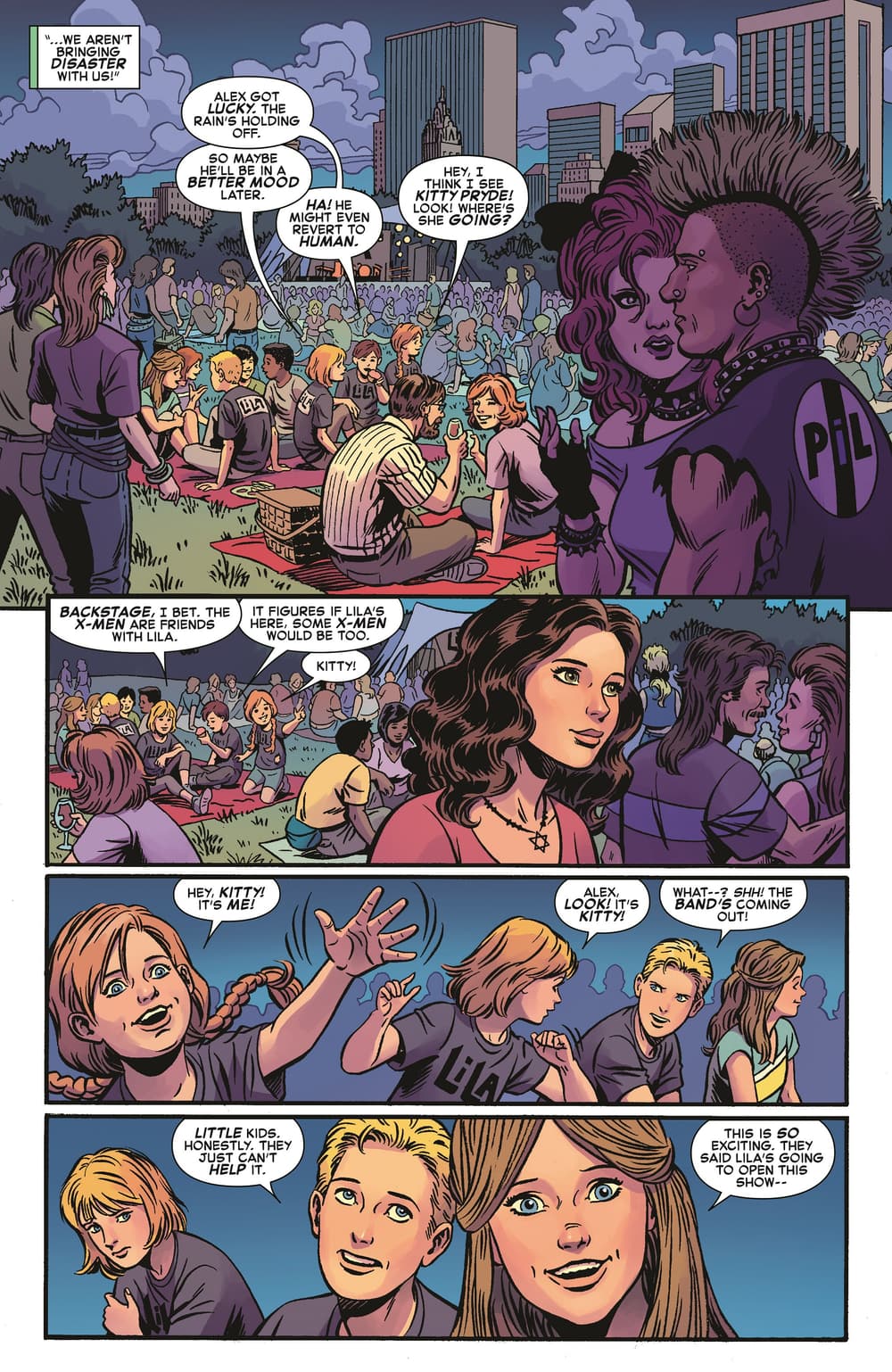
Do you recall your first meeting with one another? First impressions?
Brigman: I met Weezie on my first visit to Marvel in 1983. I was going around from office to office, showing my portfolio, trying to land a job.
Simonson: [June] came into my office to show me her portfolio, looking for work, like people could do back in the olden days. I liked her work, but didn’t have any openings on any of the books I was editing. But I had nearly finished putting together what I thought would maybe, if I was lucky, be a mini-series. So I asked if she could draw kids. She said sure, she’d sketched them at Six Flags for an earlier job. I handed her character description of the Power Pack kids, a first plot, and outlines for the next three stories. Said draw them and, if I like what I see, I’ll propose us for the book as a team.
She came back with wonderful drawings that perfectly caught their personalities—even made them more themselves than they were in words alone. So I included her drawing in my proposal to Shooter.
And he hired us both and told us we had a regular series.
So where did the idea for Power Pack emerge from?
Brigman: It was Weezie's idea. I think my drawings helped the characters evolve, but it was really her concept. I think Weezie was influenced by her own childhood, as well as [science fiction] writers like Robert Heinlein.
Simonson: I’d seen a little kid in Central Park learning to ride a bike and I thought—even a kid with super powers would have so much real life stuff to learn. Maybe that was the seed crystal?
I had three siblings—all sisters—but there were four of us, as there were in some of my favorite kids books: Edward Eager’s Half Magic; Louise May Alcott’s Little Women; The Lion, the Witch, and the Wardrobe; A Wrinkle in Time. And I liked writing group books. I loved shifting group dynamics.
Also I loved Robert Heinlein’s [Sci-Fi] juveniles, so the SF component may have come from there. Also was blown away by the first Star Wars movie. And Close Encounters. I think Power Pack was part and parcel of things I loved.
But I wasn’t trying to copy any of them, just give my readers the same feeling I had when reading my favorite stories. And, maybe, partly, what it was like to be a kid.
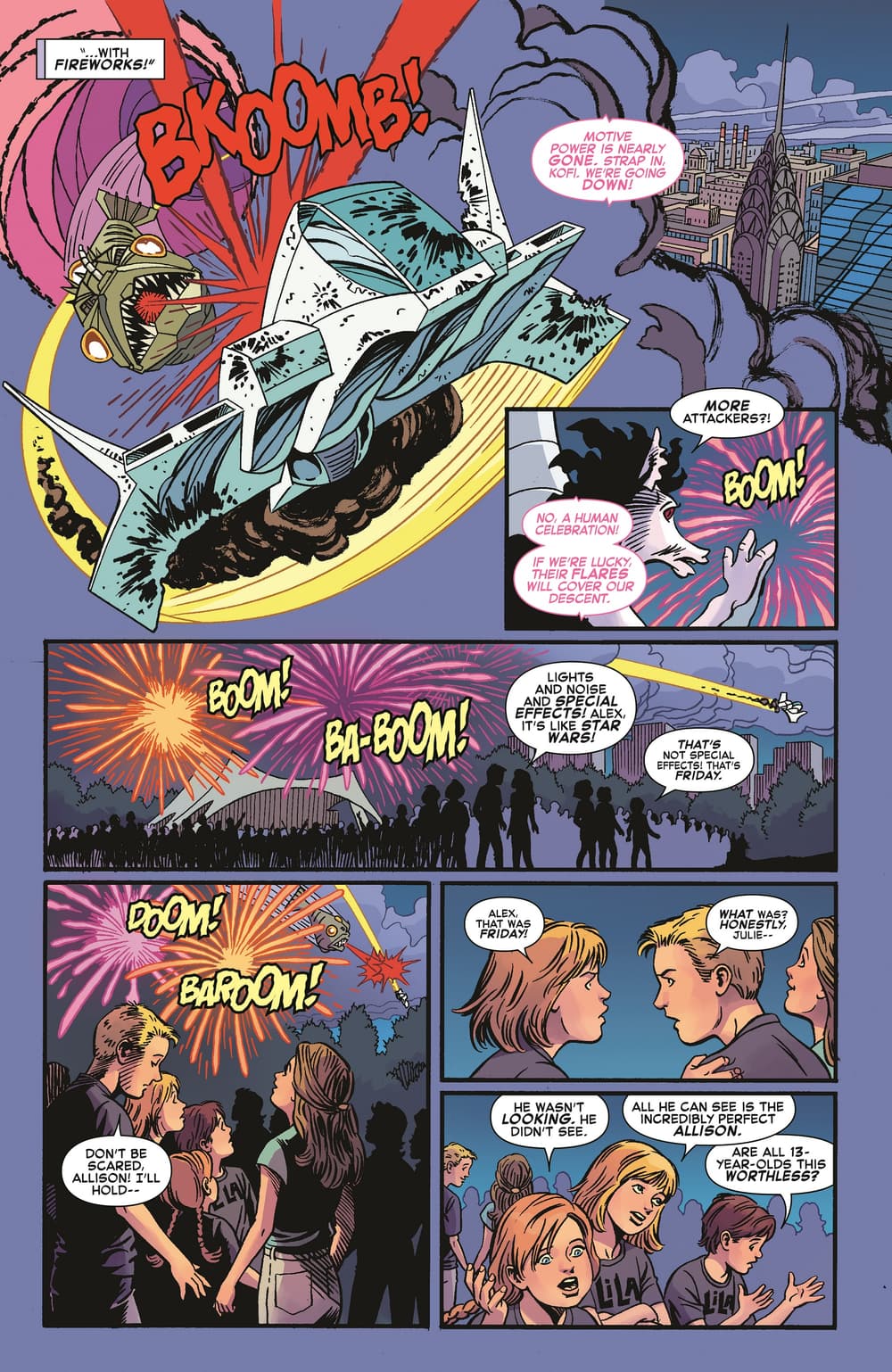
Why was there a need in the industry at the time for a book like POWER PACK?
Simonson: Don’t know that there was a need, exactly. I think that way of thinking is more “modern” than the '80s approach. I think Jim Shooter thought it was fun. I’m just glad he gave us the chance.
Brigman: The audience was changing. The readers were getting older, and wanted more adult content. And publishers were accommodating their audience with more dark and gritty books. But there were still young readers who needed something more age appropriate. And POWER PACK filled that need.
Who contributed what as far as the original concept for Power Pack?
Simonson: I wrote. June designed the look of the book—including the costumes—and drew the story beautifully. Together we told the story.
June’s work was so reality based; the kids’ expressions, gestures and interactions felt so right; scripting was easy.
Our editor, Carl Potts, was great. He helped with important things like thinking [of] a proper title for Power Pack and in helping June design [the team’s spaceship] Friday.
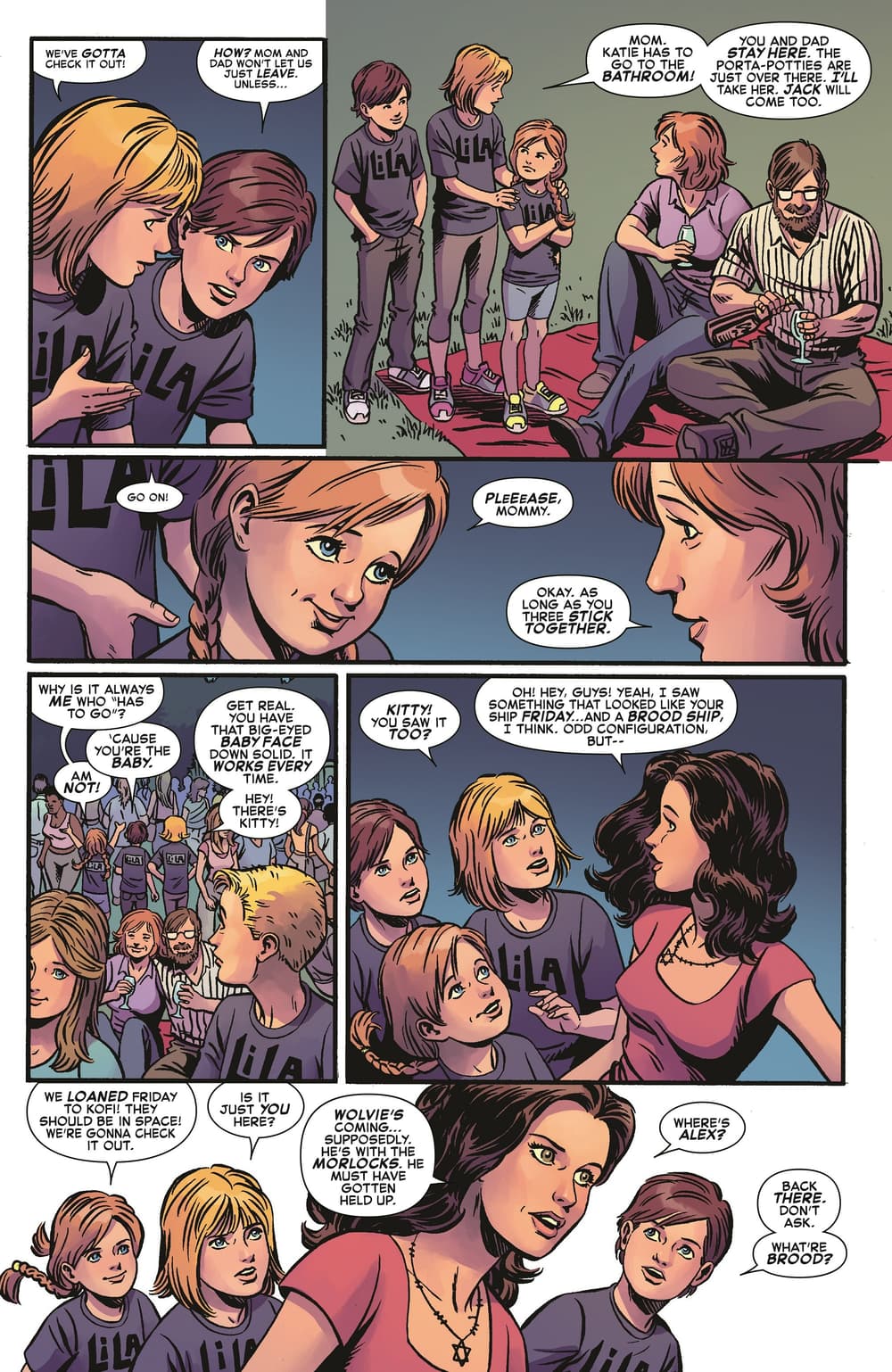
How did Power Pack change as it went from planning stage to reality?
Simonson: It didn’t, really, at least from the writer’s perspective. The first plot I showed Shooter was the story you see as the first issue. Of course, I then had to flesh out the next three issues.
June, of course, had to design everything and everyone. Aside from the Pack and their parents, she had to design two races of aliens: Kymellians and Snarks. And Friday. And the dad’s invention. And the villainous Carmody.
And then, Power Pack entered the Marvel Universe. But that was already well established. We just had to jump in and try not to mess it up.
They lived on Manhattan’s Upper West Side in my old apartment. So we photographed it all for consistency, in part so fill-in artists—often Brent Anderson—as well as June would have reference on the NYC environs. The schools the kids attend, PS 87 and IS 44, are drawn as they looked back in the early ‘80s.
What were your favorite parts of working with one another and of producing comics during the period of the original POWER PACK?
Simonson: Writing stories and seeing how June drew them. I loved her work. Luckily, readers did too. She still has a fanatic following of Power Pack fans.
Brigman: The best thing about working on POWER PACK was hanging out with Walt and Weezie. They lived on the Upper West Side, which was also Power Pack's neighborhood.
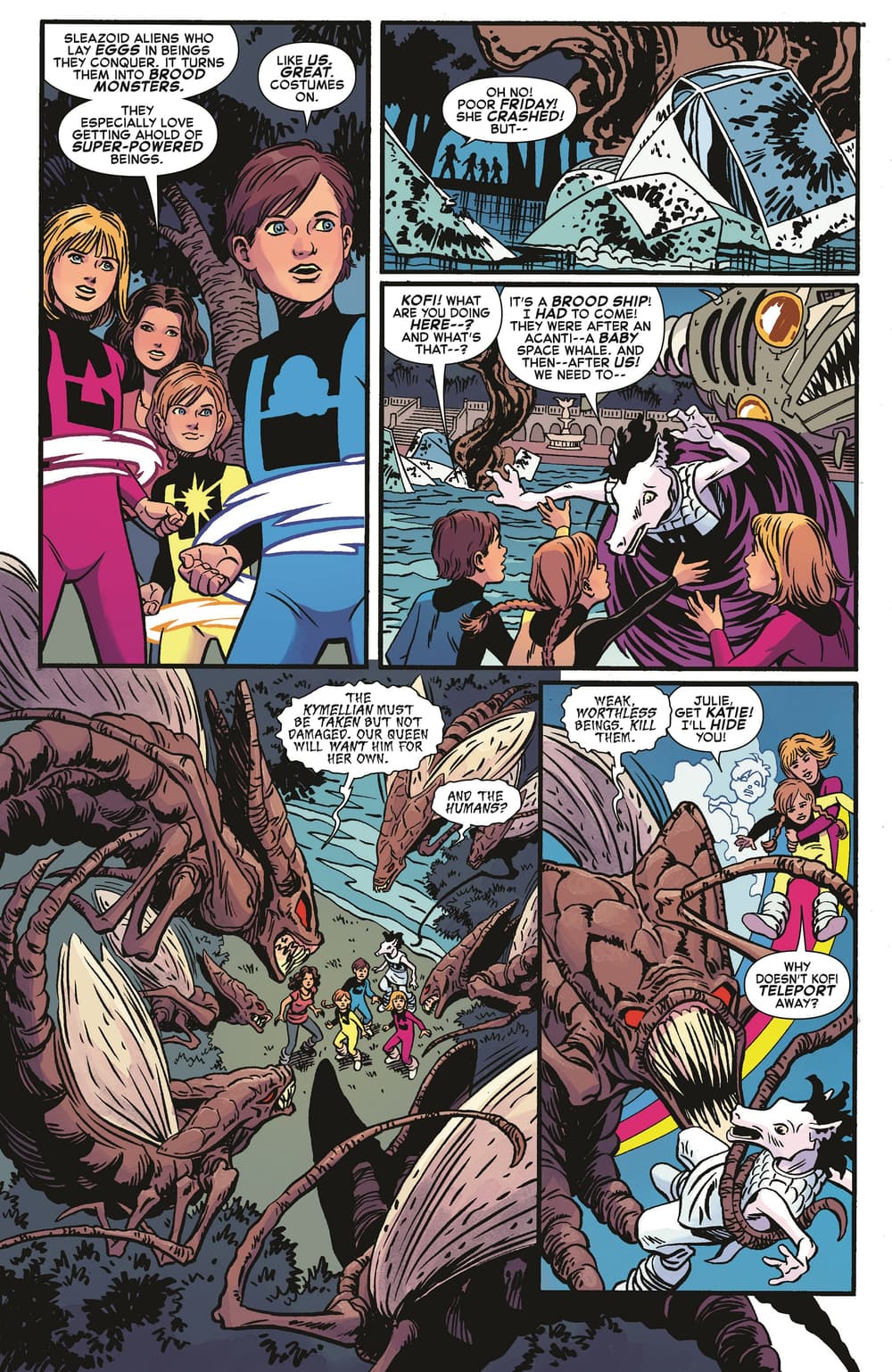
What stories stand out for you that you created together?
Brigman: My favorite story is "The Kid who Fell to Earth” [from POWER PACK (1984) #16]. We introduced Kofi, a young Kymellian. And Franklin Richards joins in the adventure. It was a blast drawing the interaction between Katie and Franklin, with all their little kid jealousy and competition, that finally resolves in friendship.
Simonson: The first four stories, of course. The Morlock stories—which at first tied into MUTANT MASSACRE and guest starred the X-Men.
The Franklin Richards stories, particularly the one where Franklin joins Power Pack and Katie is mean to him cause she’s jealous. Loved having Franklin! It’s part of the second round of Snark stories that introduced Jakal and Kofi.
Which characters arrived fully formed and which ones took a little while to figure out?
Simonson: I knew the Pack as kids and the mom and dad from the beginning. Had to consider who had what power. Had to think a bit more about aliens and their motivations.
Brigman: I think the different personalities were pretty much established from the start. But the sibling dynamic continued to evolve with every issue. Alex became more the responsible oldest child, Julie was the serious bookworm, Jack became even more of a grumpy smart mouth, and Katie resented being the baby. But even though they have their sibling dust ups, they're always there for each other.
How hard was it to leave POWER PACK behind?
Brigman: At the time, not hard at all. I loved the book, but it was really difficult keeping up with the monthly deadlines. That's why there are so many fill ins by other artists. I eventually got faster, though never really fast by the standards of that time.
Simonson: Not sure I have. The Pack are my favorite.

What can you tease about POWER PACK: GROW UP!, the new project you're working on together?
Simonson: It’s nearly a year since Power Pack got their powers. And—it’s Alex’s 13th birthday. It’s hard to be a teenager saddled with a bunch a sibling kid Super Heroes…or is it?
Kitty [Pryde] and Wolverine—old friends from earlier issues—guest star.
June drew the first part—22 pages.
Gurihiru drew the [last] eight pages—a coda to June’s story.
Without giving too much away, what's your favorite moment from the new story?
Brigman: When Alex gets up the nerve to hold hands with a girl.
Simonson: [The] endings to both June and Gurihiru’s stories. Both very Power Pack!
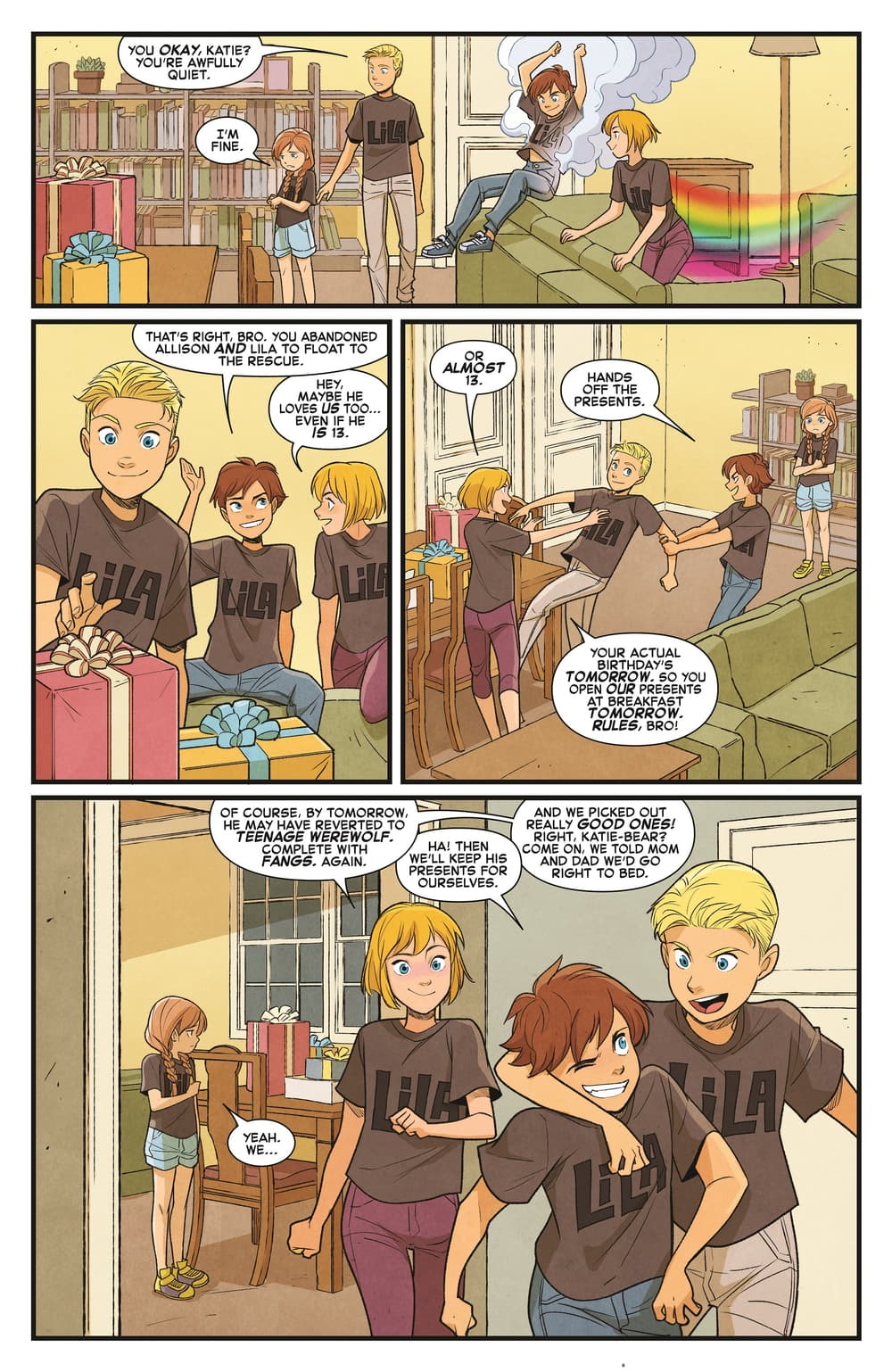
How have the intervening years changed how you approach Power Pack?
Brigman: I love and appreciate the characters even more now. And I enjoy working with Weezie more than ever. I'm just very grateful that Power Pack has hung in there, and that I still get to draw the kids.
What does it mean to have this as part of Marvel's 80th anniversary celebration?
Simonson: I’m delighted they asked us. It’s an honor.
Brigman: It’s a huge honor to be a part of Marvel's 80th anniversary celebration. After 35 years as a professional artist, I feel like I've come full circle, back to the place I started from.
Catch up on the original POWER PACK as well as subsequent incarnations with Marvel Unlimited now! Then pre-order POWER PACK: GROW UP! #1 from Louise Simonson, June Brigman, and Gurihiru before picking it up on August 28!
The Hype Box
Can’t-miss news and updates from across the Marvel Universe!
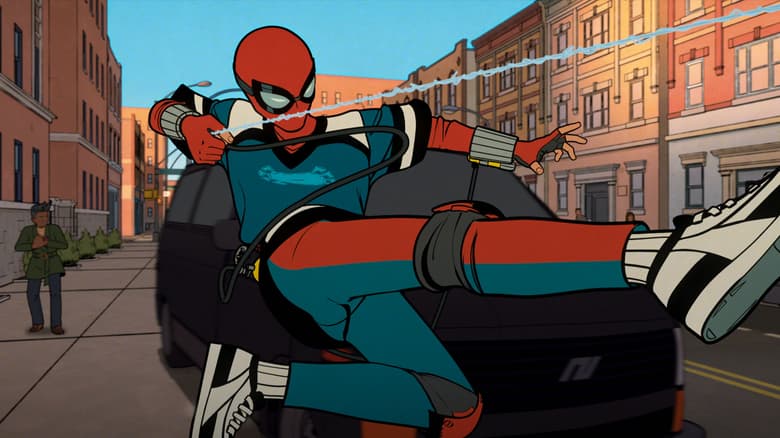
TV Shows
‘Your Friendly Neighborhood Spider-Man’ Swings into Action in New Trailer
